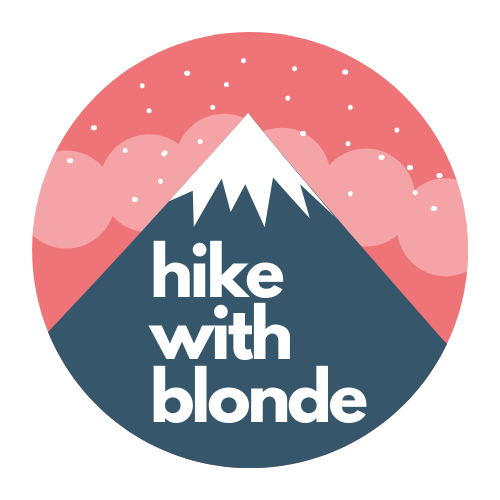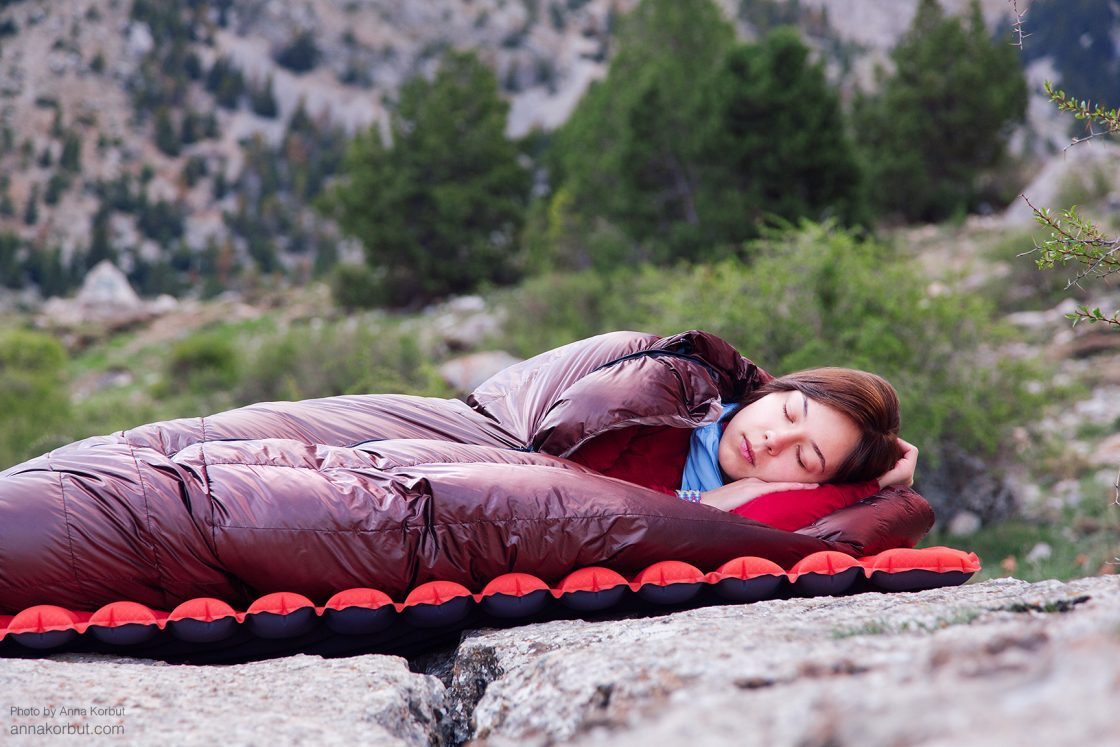My sleeping pad — Klymit Insulated Static V
I’m someone who once slept on snow in winter on a summer sleeping pad. It’s an experience I don’t want to repeat. Overnight, you can melt a whole snowdrift beneath you and create a little local warming. For many years, I used the simplest mat, but I got used to comfort quickly. Thermarest pads keep heat better, but sleeping on rocks still feels hard and uncomfortable. And when you lie on your side, or a sneaky bump presses into your back, it’s hard to get a good night’s sleep.
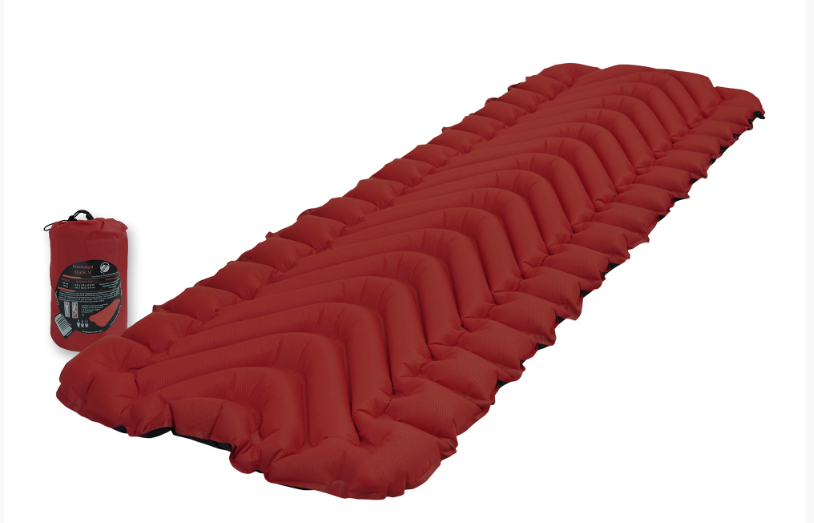
Why inflatable:
- Five times less volume for the same weight
- Comfortable and soft to sleep on
- The R-value of my pad with synthetic insulation is 4.4
R-value is a measure of heat retention — the higher the R-value, the slower the material or structure loses heat. The Izhevsk sleeping pad has an R-value of 1, Thermarest pads are around 2, and inflatable pads range from 3 to 4.
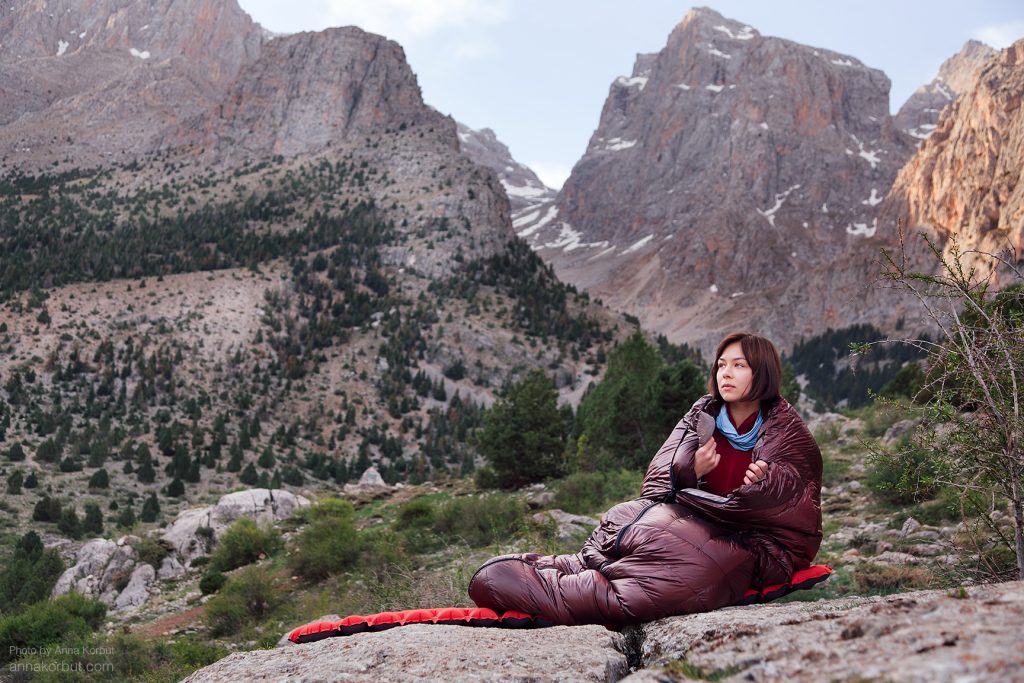
I chose the American Klymit insulated pad, weighing 700 grams, in orange. It’s a bit heavier but suitable for all seasons. Their models without insulation weigh around 500 grams. This brand also offers some clever designs with holes for summer — they weigh just 250 grams and have a fun look, but I haven’t tested how well they sleep yet.
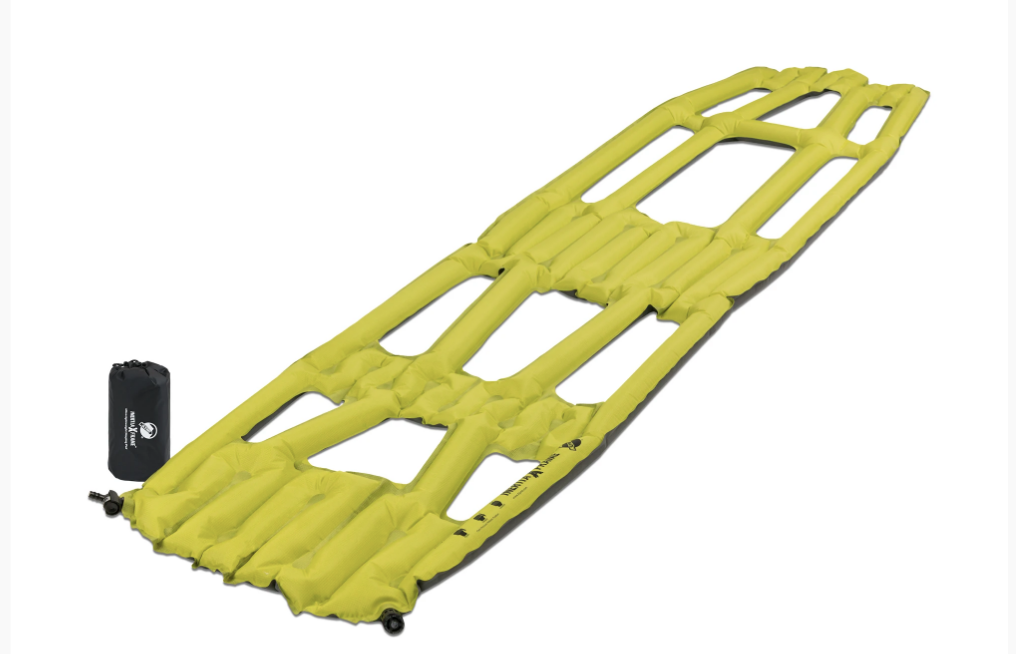
This company’s creativity is impressive: insulated pads with side panels, double mats, ultra-light and super compact models. Another big plus is the lifetime warranty. If you can prove the pad was damaged through no fault of your own, they’ll replace it for free.
Nuances:
- Of course, you need to handle inflatable pads with care and avoid sleeping on sharp sticks or thorns
- You can’t just lay this kind of pad directly on the ground outside
- It takes some time to inflate and deflate
The little details pay off with comfort and a good night’s sleep.
